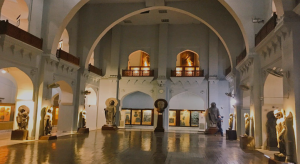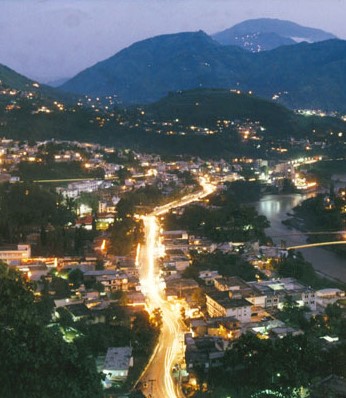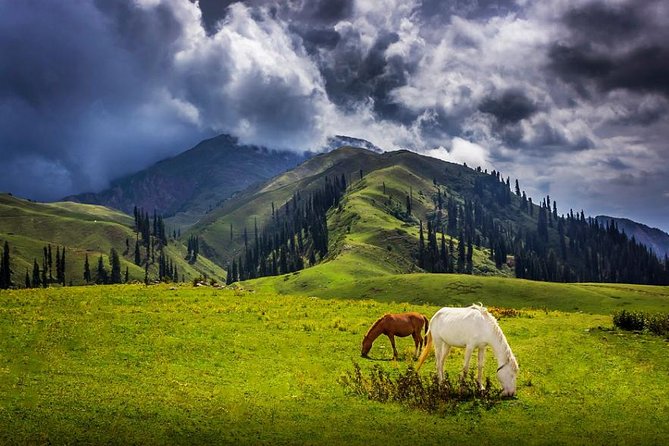Peshawar City Tour steeped in history and vibrant culture, invites you on a captivating journey. Begin your exploration at the iconic Peshawar Museum, where the echoes of the Gandhara civilization come to life through intricate artifacts and sculptures. Stroll through the bustling streets of the old city, adorned with Mughal and colonial architecture, and savor the flavors of authentic Pashtun cuisine. Immerse yourself in the rich tapestry of Peshawar’s cultural heritage, from the historic Qissa Khwani Bazaar to the architectural marvels like Mahabat Khan Mosque. Let Peshawar’s warm hospitality and timeless charm enchant you as you discover the treasures hidden within its ancient walls1) The Mahabat Khan Mosque, a magnificent 17th-century structure nestled in the heart of Peshawar, holds a rich historical legacy dating back to 1630. Named after the Mughal governor Nawab Mahabat Khan, who served under Emperors Shah Jehan and Aurangzeb, this architectural gem has endured the test of time.
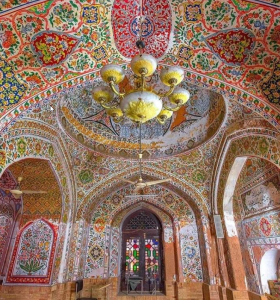
Peshawar City Tour
Nawab Mahabat Khan, the grandson of Nawab Dadan Khan, played a crucial role in the region’s history. His legacy is etched not only in the mosque’s impressive architecture but also in his service to the Mughal Emperors. The Mahabat Khan Mosque stands as a testament to the architectural and cultural richness of the Mughal era in Peshawar.
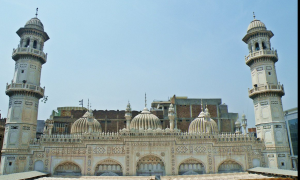
Peshawar City Tour
Built in1630, the mosque boasts a distinctive Mughal architectural style, characterized by intricate carvings, domes, and minarets. The careful craftsmanship reflects the artistic prowess of the era, making it a visual delight for visitors and a cherished piece of Peshawar’s architectural heritage.
Peshawar City Tour
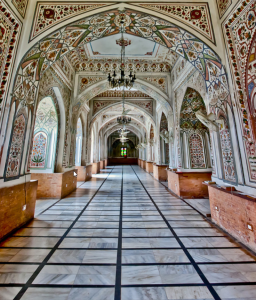
Peshawar City Tour
The Mahabat Khan Mosque stands as more than just a place of worship; it is a living testament to Peshawar’s rich history and cultural tapestry. Whether pronounced as ‘Mahabat Khan’ or ‘Muhabbat Khan,’ the mosque continues to captivate locals and visitors alike, inviting them to connect with the grandeur of the Mughal era in this vibrant city.
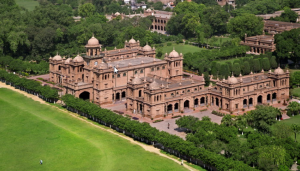
2) Islamia College, located in Peshawar, Pakistan, is a renowned educational institution with a storied history and significant cultural importance. Established in 1913, the college has played a pivotal role in shaping the intellectual and academic landscape of the region.
Key Features:
- Historical Significance: Islamia College was founded during the British colonial era in response to the educational needs of the Muslim community. Its establishment aimed to provide quality education and promote cultural identity.
- Architectural Splendor: The campus is characterized by impressive colonial-era architecture, including the iconic clock tower. The blend of Mughal and British architectural styles adds to the charm of the institution.
- Cultural Heritage: The college has been a hub for cultural and academic activities. Its role in fostering a sense of identity and community pride is evident in the cultural events, seminars, and literary activities regularly organized on campus.
- Educational Excellence: Islamia College has maintained a reputation for academic excellence. It offers a range of undergraduate and postgraduate programs across various disciplines, fostering a conducive environment for learning and research.
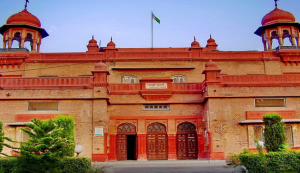
3) Peshawar Museum is a well-known institution that houses a diverse collection of artifacts, sculptures, manuscripts, and archaeological finds. It was established in 1907 during the British colonial period.
- Archaeological Treasures: The museum is particularly renowned for its archaeological exhibits, showcasing artifacts from the Gandhara civilization. The Gandhara region, of which Peshawar is a part, has a rich history and is known for its Buddhist heritage.
- Collections: The museum’s collections include sculptures, coins, pottery, manuscripts, and other artifacts dating back to various periods, providing insights into the cultural and historical evolution of the region.
- Gandhara Art: One of the highlights of the museum is its extensive collection of Gandhara art, which flourished in the region between the 1st and 7th centuries CE. The Gandhara .
